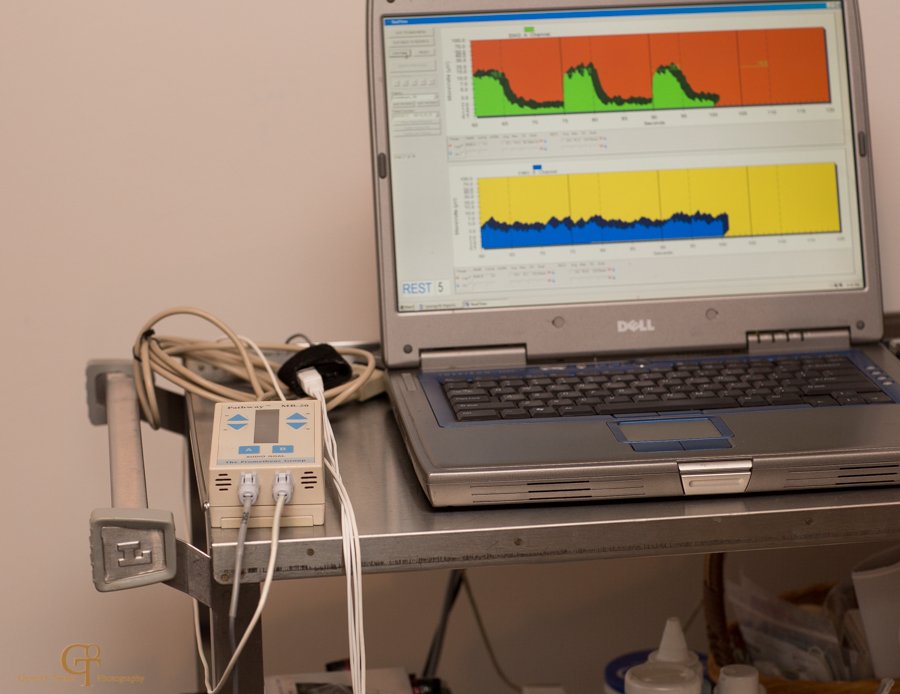Biofeedback is a technique that teaches patients how to control specific bodily functions by using indicators from their own bodies. This approach involves employing sensors that track physiological functions such as heart rate, muscle tension, and skin temperature. By providing real-time feedback, individuals can learn to recognize their body's reactions to pain and stress. This consciousness allows them to develop strategies to handle their pain more efficiently. For instance, if a person notices that their muscle tension rises when they are in pain, they can practice relaxation techniques to help alleviate that tension.

One of the primary benefits of biofeedback is that it empowers individuals to take an proactive role in their pain management. Instead of relying solely on medications or treatments from healthcare providers, individuals can gain to comprehend and control their own bodies. This sense of control can lead to increased confidence and reference a more positive outlook on life. Many patients report feeling more in charge of their pain and less like victims of their condition. This shift in mindset can significantly improve their standard of life.
Studies has demonstrated that biofeedback can be beneficial in alleviating chronic pain indicators. Research suggest that individuals who employ biofeedback methods often undergo less pain and better physical ability. Additionally, biofeedback can help reduce anxiety and stress, which are common issues for those dealing with chronic pain. By tackling both the physical and psychological aspects of pain, biofeedback provides a comprehensive approach to pain management. This comprehensive method can lead to better outcomes for patients, allowing them to engage more fully in their daily activities.
In conclusion, biofeedback is a valuable tool for revolutionizing chronic pain management. By educating patients to understand and regulate their physiological responses, biofeedback empowers individuals to take control of their pain. This method not only helps alleviate pain but also improves overall quality of life. As more people seek alternatives to traditional pain control methods, biofeedback stands out as a promising option. With ongoing research and awareness, biofeedback could become an essential part of chronic pain therapy, helping individuals lead healthier, more fulfilling lives.